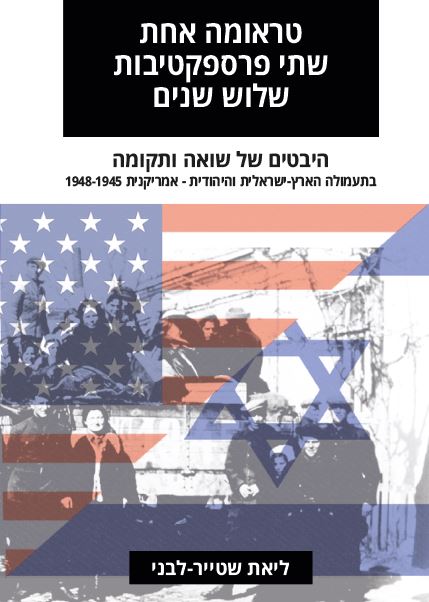 The book One Trauma, Two Perspectives, Three Years focuses on the three years following World War II, in which prominent Jewish organizations in the United States and Eretz-Israel launched a worldwide media campaign for the rehabilitation and resettlement of Holocaust survivors. The campaign, which was based on films and newsletters produced and published by these organizations, targeted Jews and non-Jews around the world, and influenced the shaping of the collective memory of the Holocaust and its survivors. The media produced by these organizations was seen and read by hundreds of thousands of people. Even though it helped to raise hundreds of millions of dollars, it has been marginalized in research. The book compares the films and journalism of the organizations. It shows that even though the organizations in both Eretz-Israel and the USA appealed to the same target audience and dealt with the same subject – the rehabilitation of Holocaust survivors – the difference in countries in which they operated, and their different immediate goals and agendas prompted them to construct two different (at times even opposing) narratives.
The book One Trauma, Two Perspectives, Three Years focuses on the three years following World War II, in which prominent Jewish organizations in the United States and Eretz-Israel launched a worldwide media campaign for the rehabilitation and resettlement of Holocaust survivors. The campaign, which was based on films and newsletters produced and published by these organizations, targeted Jews and non-Jews around the world, and influenced the shaping of the collective memory of the Holocaust and its survivors. The media produced by these organizations was seen and read by hundreds of thousands of people. Even though it helped to raise hundreds of millions of dollars, it has been marginalized in research. The book compares the films and journalism of the organizations. It shows that even though the organizations in both Eretz-Israel and the USA appealed to the same target audience and dealt with the same subject – the rehabilitation of Holocaust survivors – the difference in countries in which they operated, and their different immediate goals and agendas prompted them to construct two different (at times even opposing) narratives.





